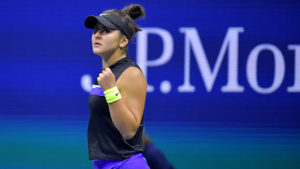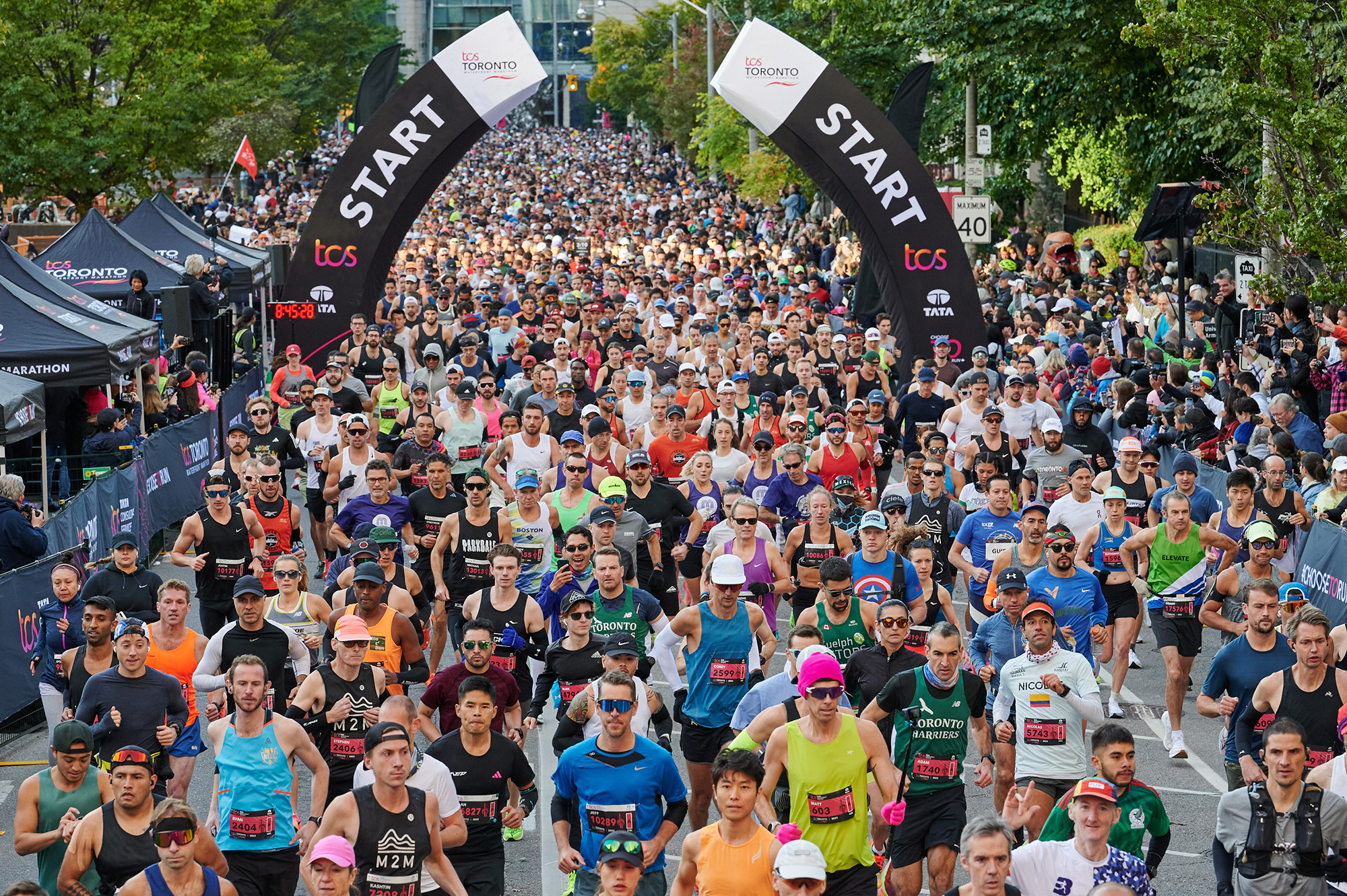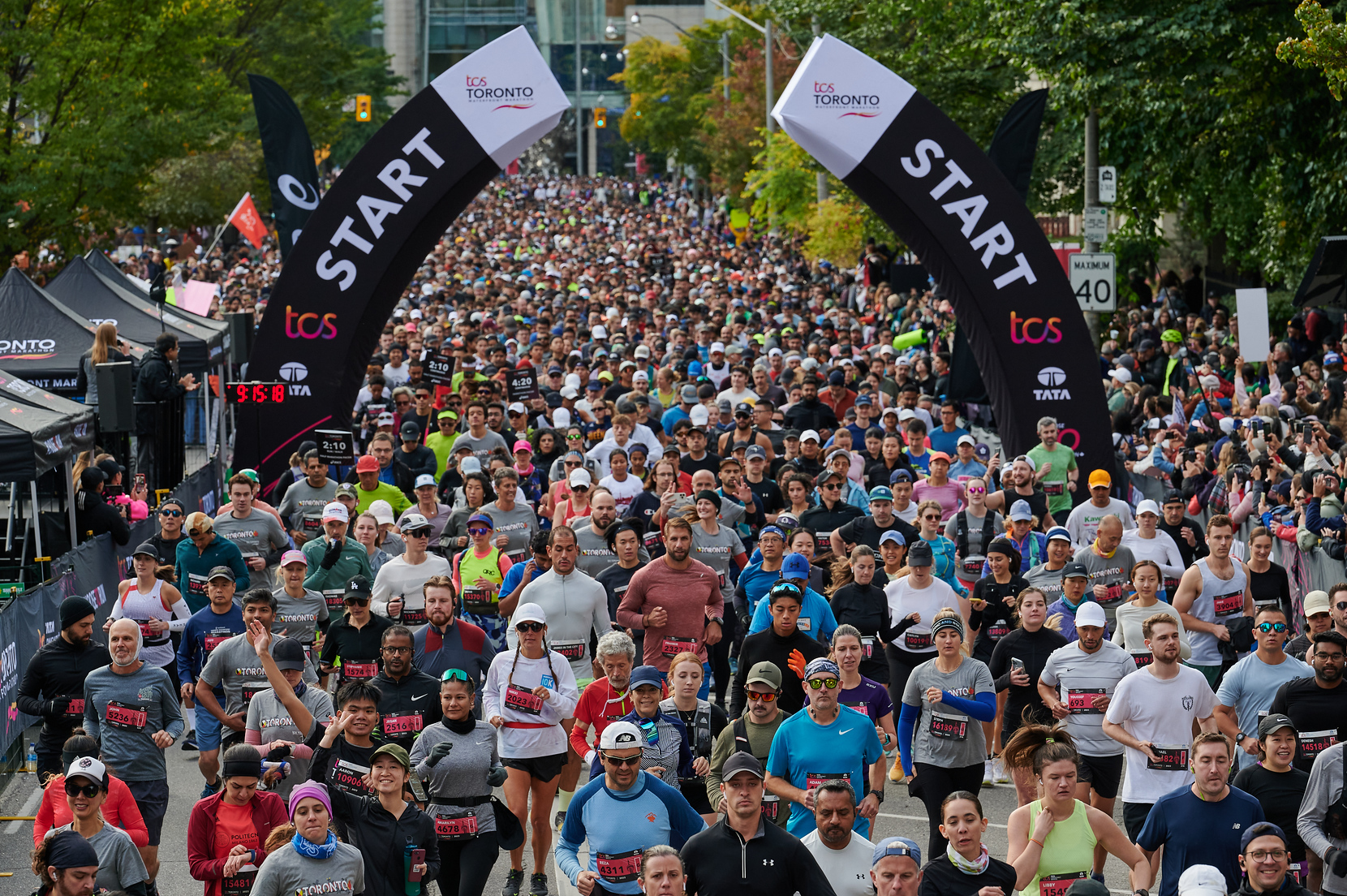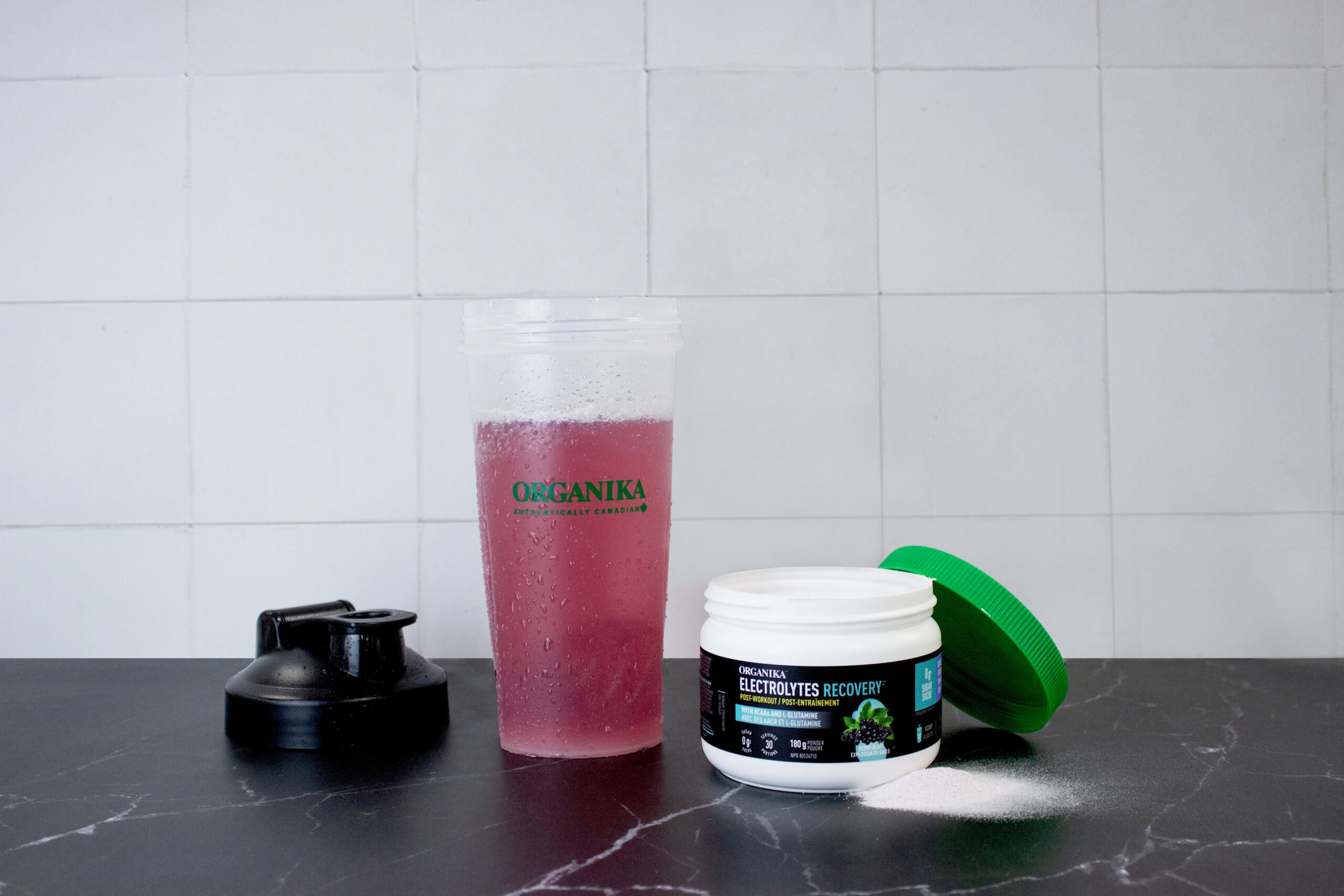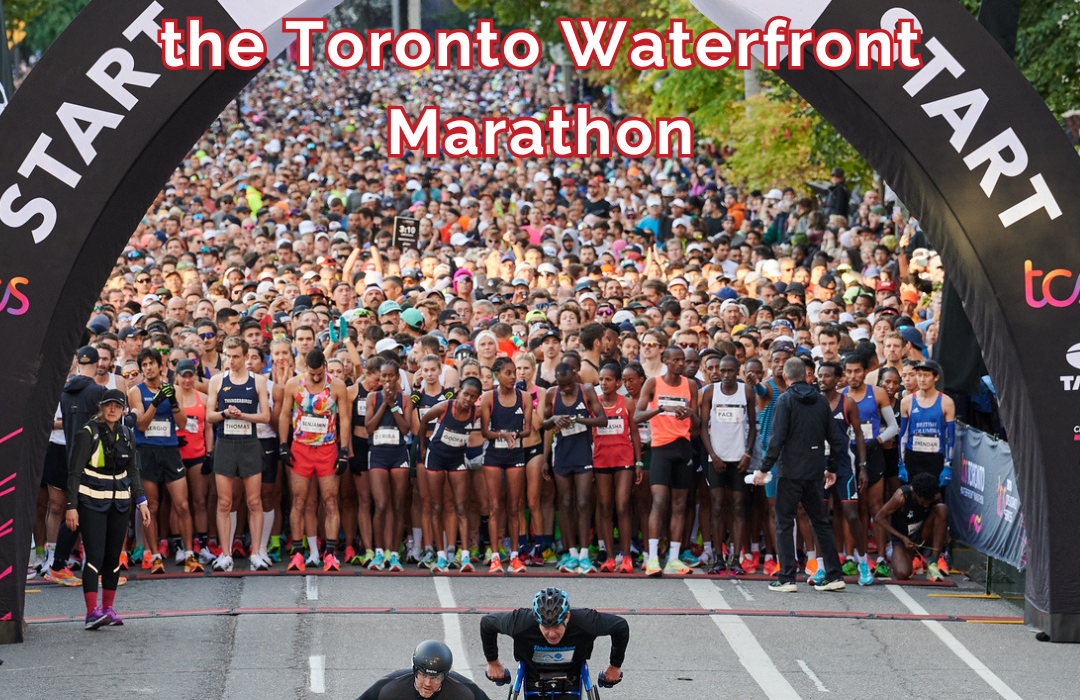Now running professionally, rookie marathoner Linkletter is the dark horse of the Canadian Marathon Trials
Things have been moving quickly for Rory Linkletter as of late.
In the last year, the Calgary native and former student-athlete at Brigham Young University (BYU) moved from Provo, Utah to Flagstaff, Arizona, signed a professional running contract with Northern Arizona (NAZ) Elite, and got married to his university sweetheart.
It’s hard to believe Linkletter is only 23, and his training log might reveal his most precocious move to date.
With nothing longer than 10,000m raced (in 28:12, mind you) the six-time NCAA All-American is fast-tracking his way to a marathon debut. In July, fresh off his final NCAA campaign, Linkletter started training with some of North America’s best marathoners, including top American finisher at the 2019 Boston Marathon Scott Fauble, and 2:12 marathoner Scott Smith, in preparation for the Canadian Marathon Trials on Oct. 20.
Despite his relative youth and inexperience, Linkletter’s adjustment to marathon workouts has been smooth, even enjoyable.
“I’m having so much fun with it and am getting so excited for workouts that I am pestering my teammates,” he says. “I think that’s because of the environment I was in at BYU, being around guys like (sixth place finisher at 2012 Olympic marathon) Jared Ward and my coach (2:10 marathoner Ed Eyestone, who has competed and won in Toronto) who are so established in the distance.”
Linkletter has not increased his weekly mileage (he already hovers around 160K) in preparation for the marathon, but his race-specific workouts are now longer, more difficult, and require much recovery. Sometimes, he takes as much as four days of easy running between hard sessions, a luxury he did not have when training for the 10,000m. The difficulty of workouts has also led him to race sparingly in preparation for the Trials, which has added to the impossibility of predicting his finishing time.
It’s only with the help of comparison, Strava and Twitter that we can start answering the question on everybody’s minds: just how fast can Linkletter go?
What Will Rory Run?
One prediction tool we have is comparison. His 10,000m PB indicates that we might get treated to one of the fastest debuts in recent Canadian history.
Fastest Canadian Debuts of the last 30 years:
Cam Levins: 2:09:25 – 10k PB (27:07)
Peter Fonseca: 2:12:07 – 10k PB (N/A)
Carey Nelson: 2:12:28 – 10k PB (28:04)
Peter Maher: 2:12:58 – 10k PB (N/A)
Eric Gillis: 2:13:52 – 10k PB (28:07)
Jeff Schiebler – 2:14:13 – 10k PB (27:36)
Bruce Deacon: 2:15:16 – 10k PB (28:46)
Dylan Wykes: 2:15:16 – 10k PB: (28:12)
Graeme Fell: 2:16:13 – 10k PB (30:09)
Robin Watson: 2:16:17 – 10k PB (29:27)
Reid Coolsaet: 2:17:09 – 10k PB (27:56)
Rory Linkletter: ??? – 10k PB (28:12)
Linkletter is faster over 10,000m than three men who debuted under 2:17. He also has the exact same 10,000m time as Dylan Wykes, now a 2:10:47 marathoner.
Strava posts
Another prediction tool we have is Linkletter’s social media. His Strava account displays impressive workouts done at altitude. Here are three of his biggest sessions of September:
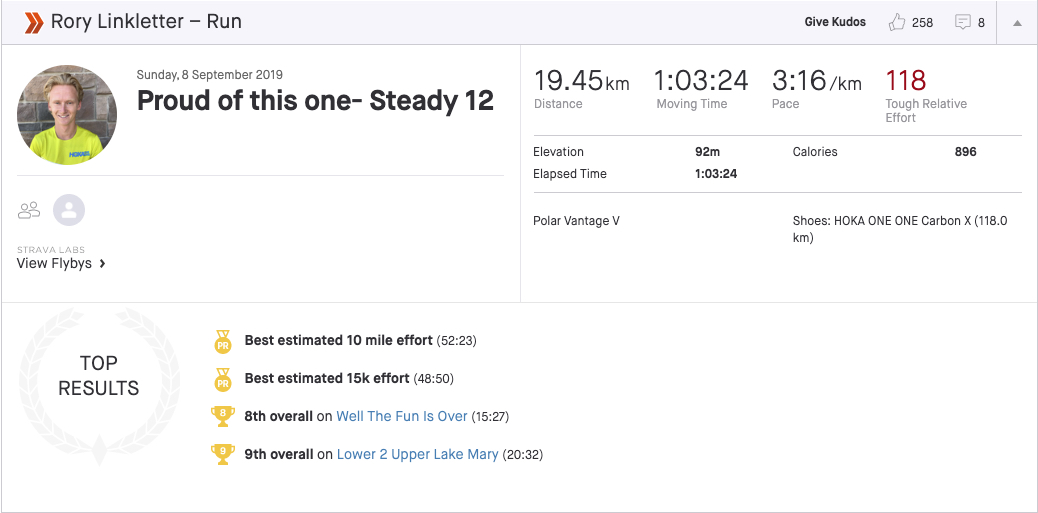

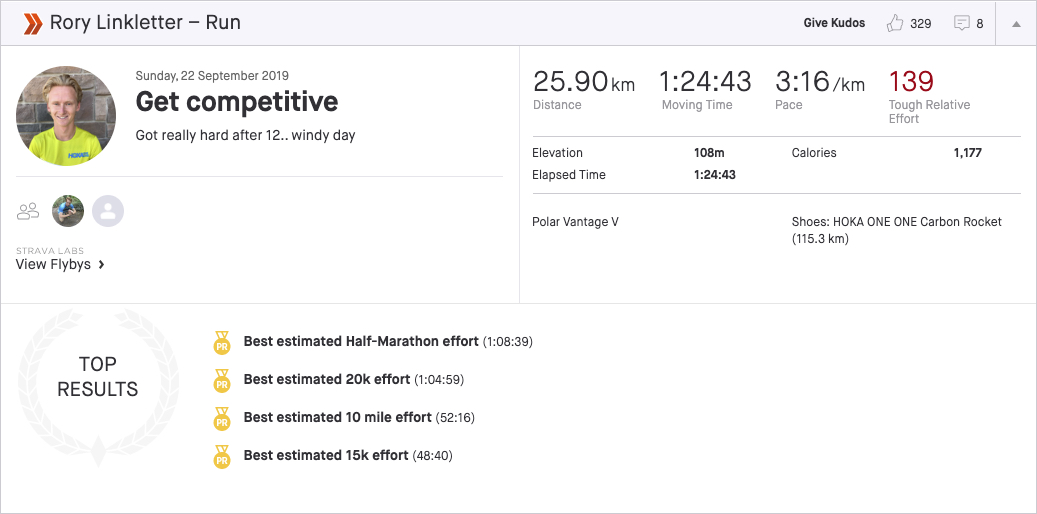
Rory’s Twitter Timeline
While his Strava breaks down his training by the numbers, his Twitter account provides more qualitative insight into his high-mileage journey. Plus, it’s pretty entertaining.
Behind the tweet: “I knew I was going to run Toronto for a long time, but I was feeding into the narrative that I think I am young to race it. But, for me it makes so much sense to start the marathon now. 10k to marathon, I think there is some allure to the roads. It is an intriguing challenge of strength and growth, and if I can bottle it and get the most out of myself, I know I can be good at the marathon.”
Behind the tweet: “I’m slowly figuring it out and finding pastimes between runs. I play a lot of X-Box, I watch my dog. Sometimes I hate not having things to do but at the same time I feel very fortunate that I can push my body to its maximum and see what it’s capable of doing. I am blessed in that sense.”
Behind the tweet:“This was my first session on Lake Mary Road, an iconic marathon training spot for anyone out here in Flagstaff. It’s a rolling road with a big shoulder, simulates a lot of things you’ll seen in the marathon. The first session I had it didn’t look bad on paper. It looked like an easy pace and I thought it will feel slow. But I hadn’t done a long session like that, and then add altitude to the mix. It was 1.5 mile at marathon effort, half mile at 3:45 per kilometre. That, times six. I felt really good during reps three and four, but during the fifth one, I thought my legs were getting heavy and I was pressing. The sixth one, I felt like I was walking. I had never dug myself that deep of a hole. It was just a different kind of pain. There was nothing left. I couldn’t go any faster than that pace if I tried. Now I kind of get what it means when people say they hit the wall.”
Behind the tweet: “I thought this one would hurt. It was four miles tempo, 10 miles at six minute pace, four miles tempo. The first tempo was alright, and then the 10 mile hurt more than it should. I was dreading the last four miles. I was running it with (Matthew) Baxter and (Scott) Smith, and I was terrified that I would get put in a Blender. I figured it would be painful anyway, so I just sent it. I went out way too fast, way under marathon pace: 4:58 at altitude. But I actually surprised myself after that because I cruised it in 5:02 pace and I held on pretty well. After that day I remember thinking: I could be good at this. I’m almost 20 miles in a run and I’m holding 5:02 (per mile) pace.”
Behind the tweet: “This one was a killer. 16 miles at marathon. The goal was to run 5:17 pace. The first two miles felt really good. Two miles later I thought “I will not have a day out here.” Two miles later I thought “coach, pull me out of here.” I’m not looking at my watch because it hurts. I want him to say that I’m going backwards and that I should stop. I get to 14 miles and there are headwinds and hills. I felt I was so done, and I see my coach. “Finally, he’s going to pull me out,” I think. But, he looks at me and just says, “be competitive.” Are you kidding me? So I ran my last few miles at 5:20 and 5:30 and my legs hurt so bad. Later that Sunday I was watching football and my legs were just screaming.”
That tweet caught the attention of a fellow Canadian marathoner who knows the feeling too well.
The Bottom Line
A new wave of Canadian marathoners (which might eventually include Ben Flanagan, Mike Tate, Chris Balestrini and Farah Abdulkarim, among others) is about to rock the ship, and its headliner is nothing short of a national treasure. Rory Linkletter loves to run, is entertaining, and is still a totally unknown quantity heading into these Trials. At worst, he overestimates his fitness and crashes into a brick wall of hubris. At best, he runs one of the fastest debuts in Canadian history, and challenges for a spot on the Canadian Olympic team. Either way, we are likely witnessing the start of a long and successful marathoning career.
“What I want to do is be a professional in all aspects of the sport, make history, and run fast,” says Linkletter. “I think the marathon is my distance, and no matter what happens in Toronto, I am excited to get started.”
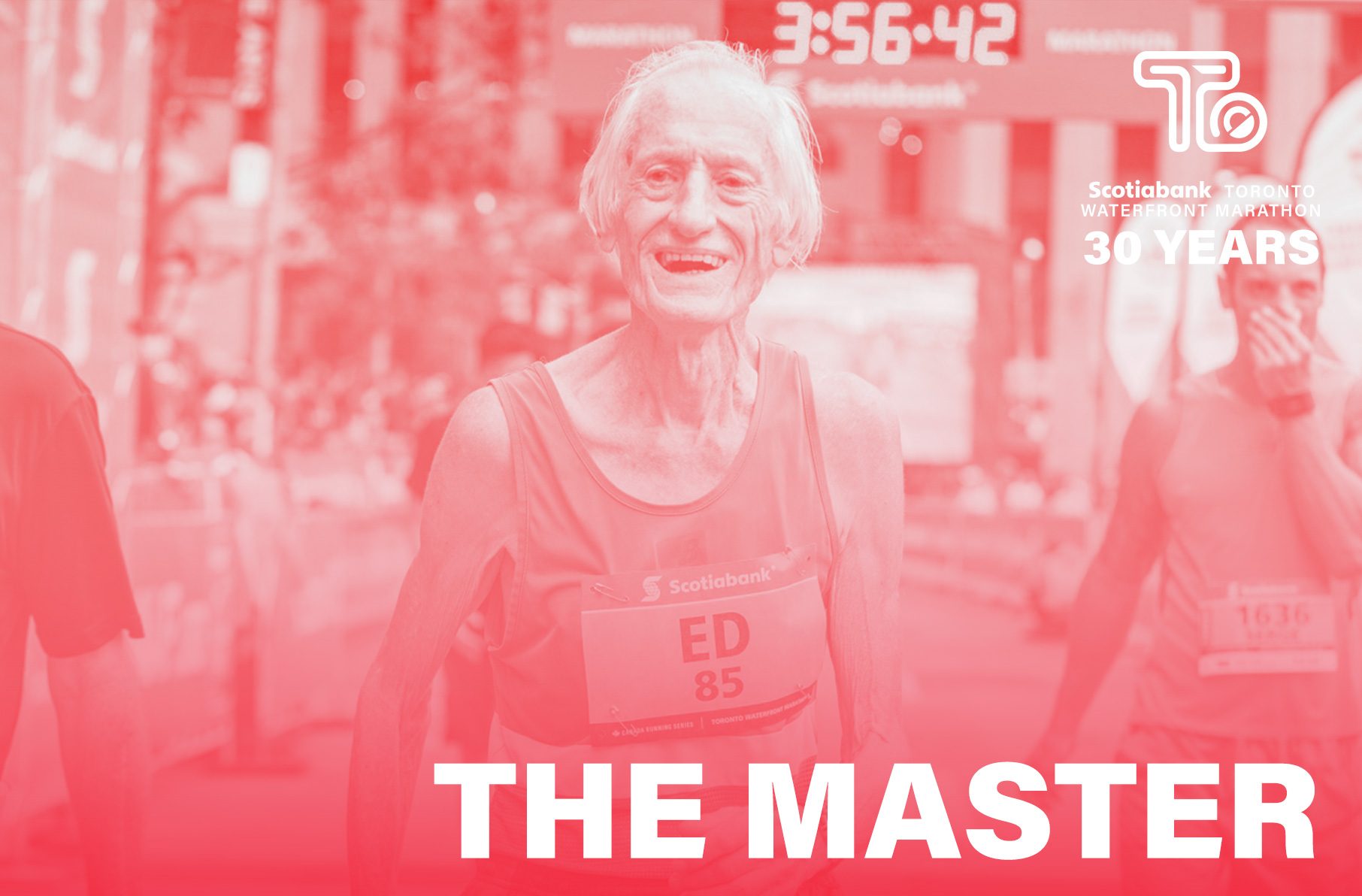
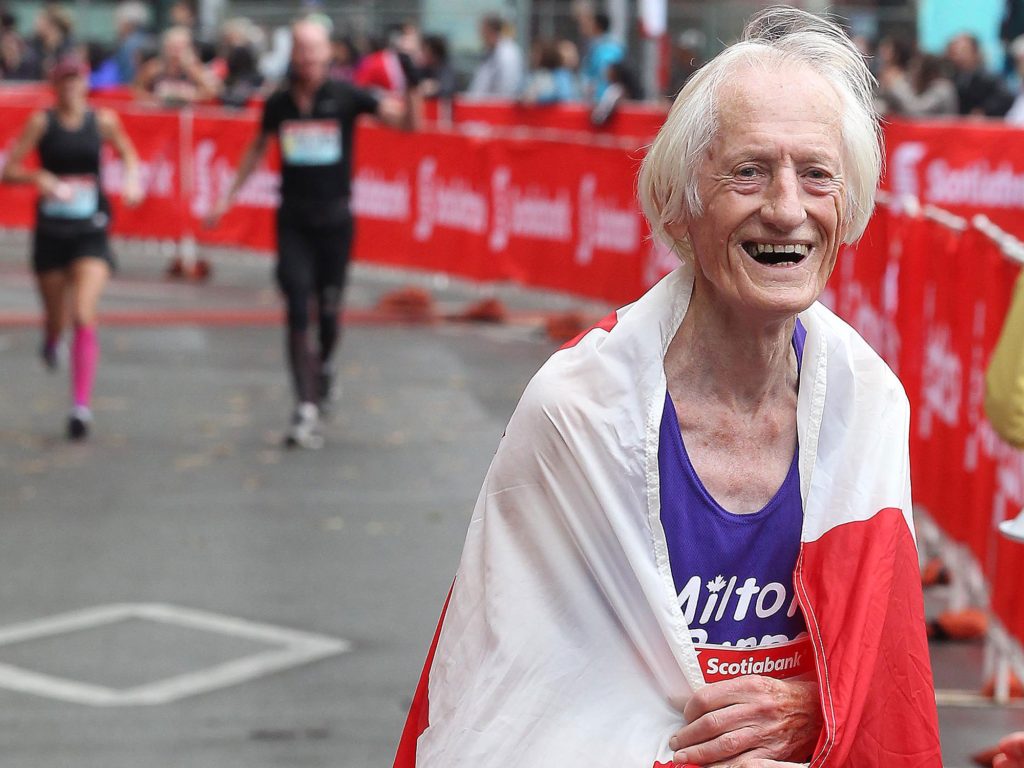


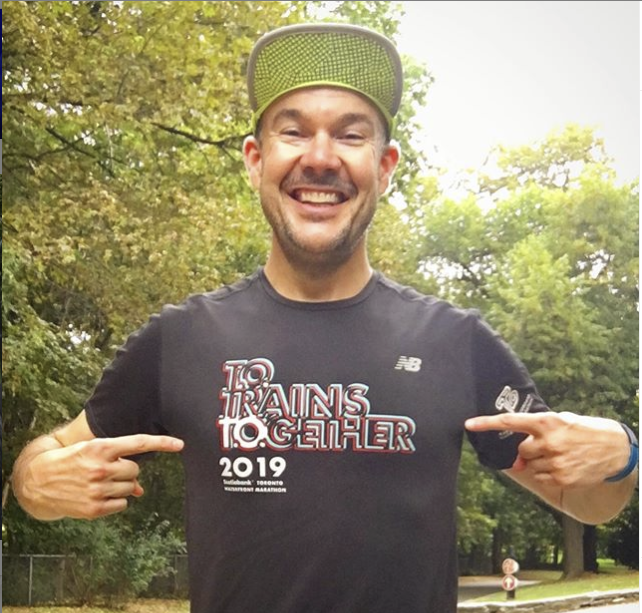
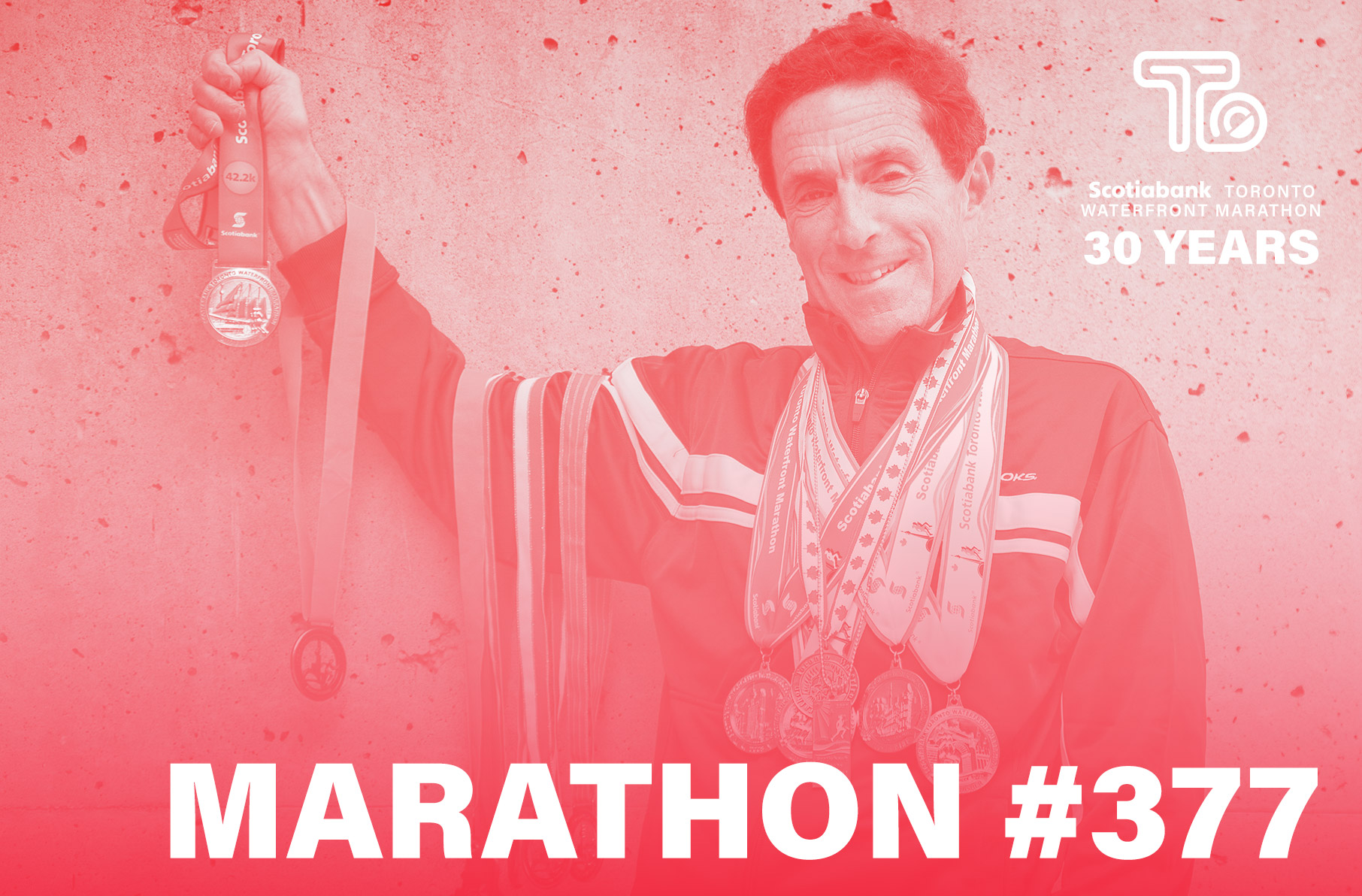
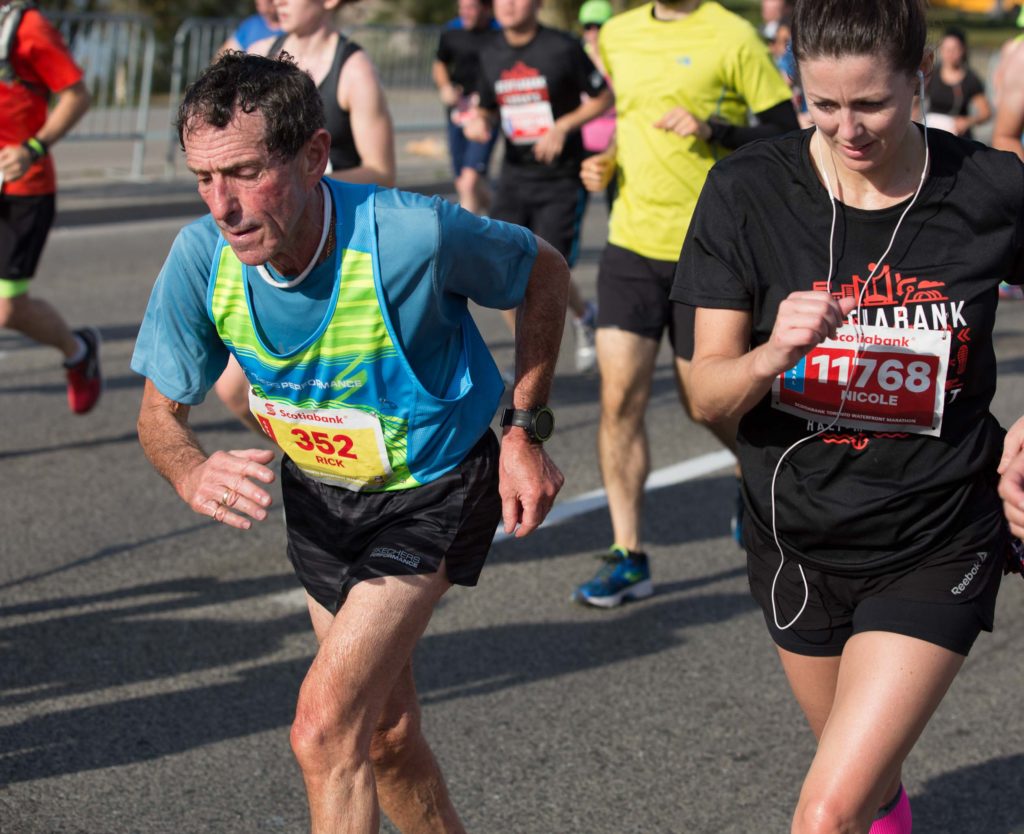 Dr. Rayman admits that when it comes to his 40 year run streak and unbroken Toronto Waterfront Marathon streak, “It’s partly to do with ego and being among very few people who can do it, but it’s also to show that it can be done.”
Dr. Rayman admits that when it comes to his 40 year run streak and unbroken Toronto Waterfront Marathon streak, “It’s partly to do with ego and being among very few people who can do it, but it’s also to show that it can be done.”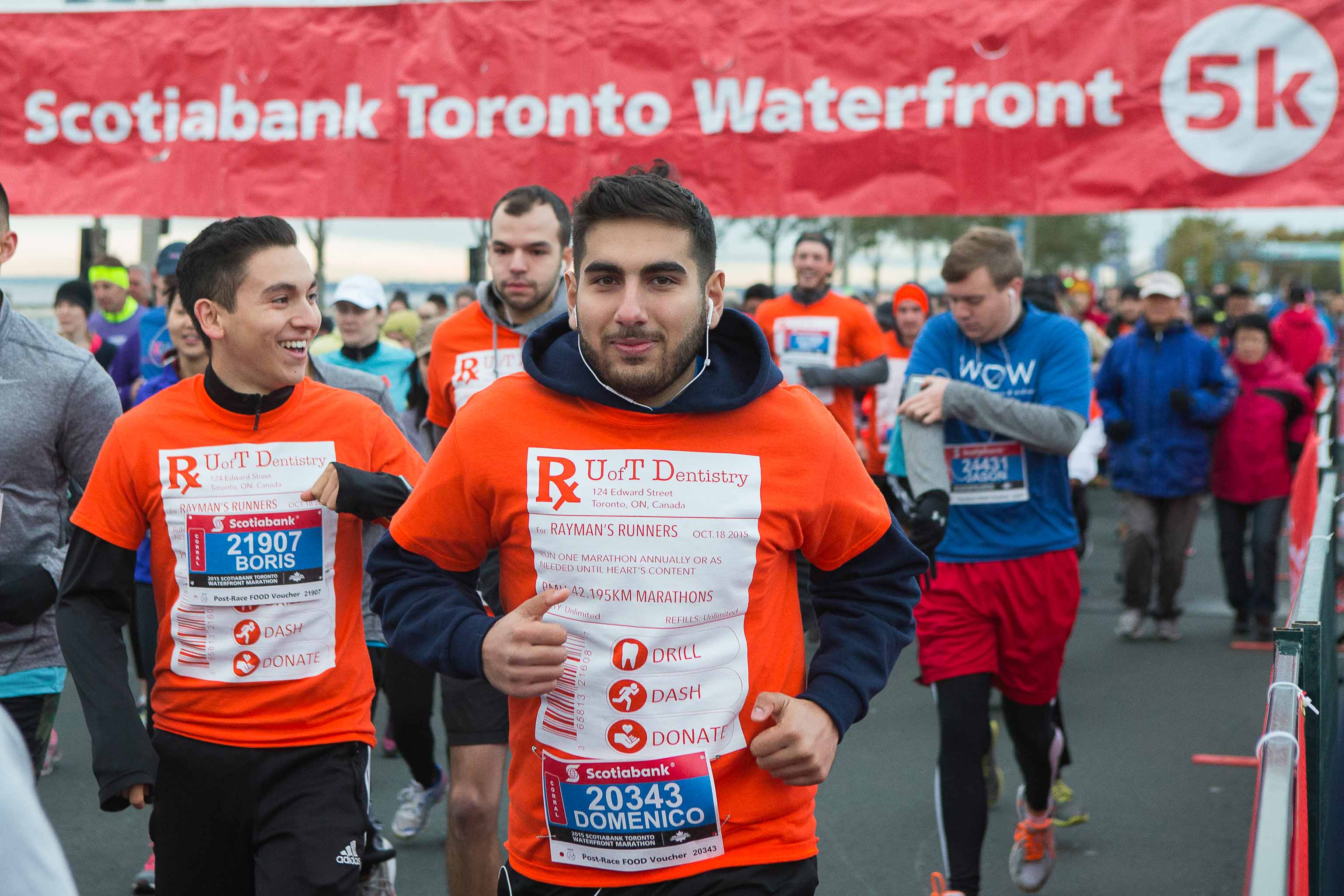 In his more competitive days, Dr. Rayman had a far more serious approach to racing, going so far as to stay in a different hotel room from his family the night before a race. Now, as he runs into his 70s, fun and wellness outweighs competitiveness, just as he tries to teach his students.
In his more competitive days, Dr. Rayman had a far more serious approach to racing, going so far as to stay in a different hotel room from his family the night before a race. Now, as he runs into his 70s, fun and wellness outweighs competitiveness, just as he tries to teach his students.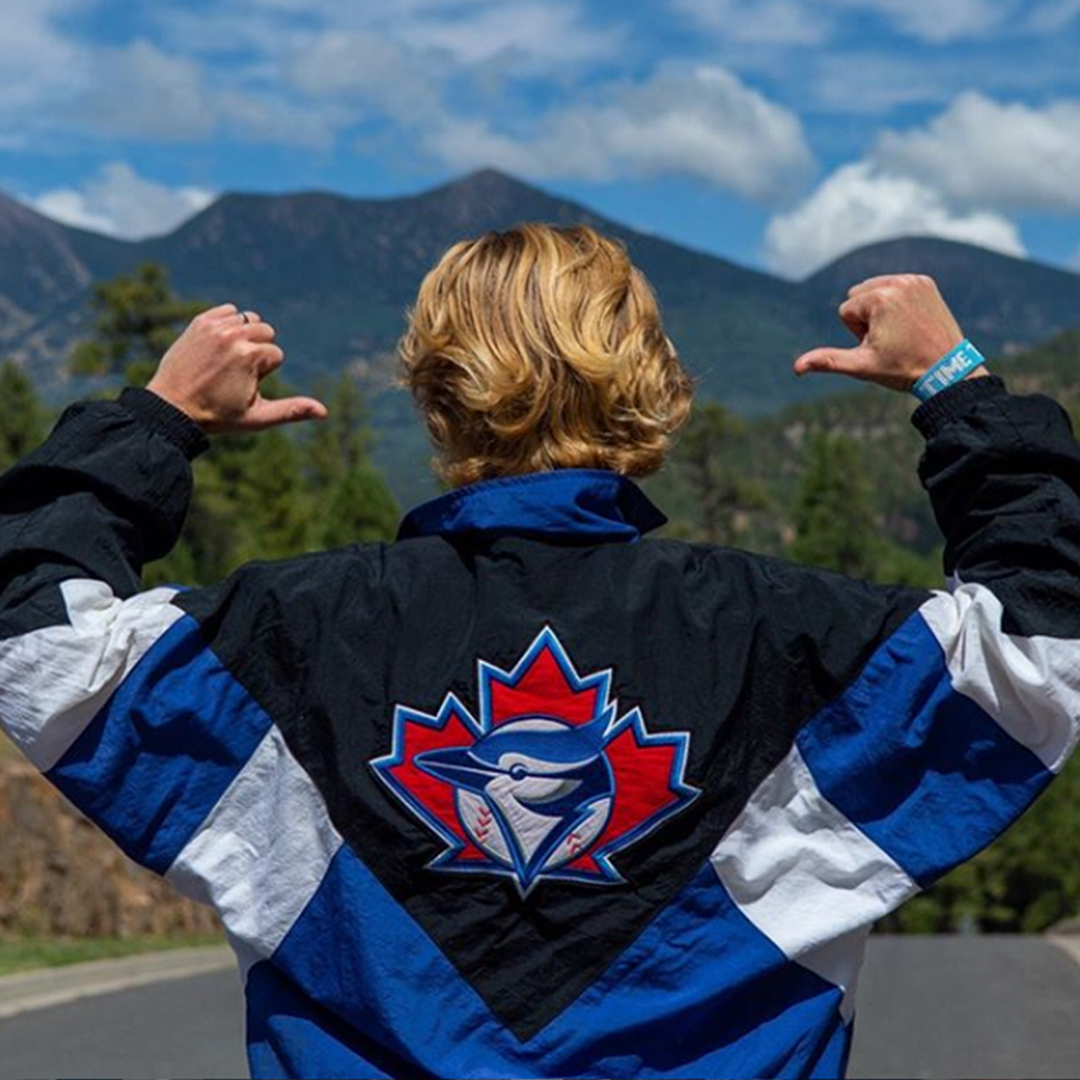



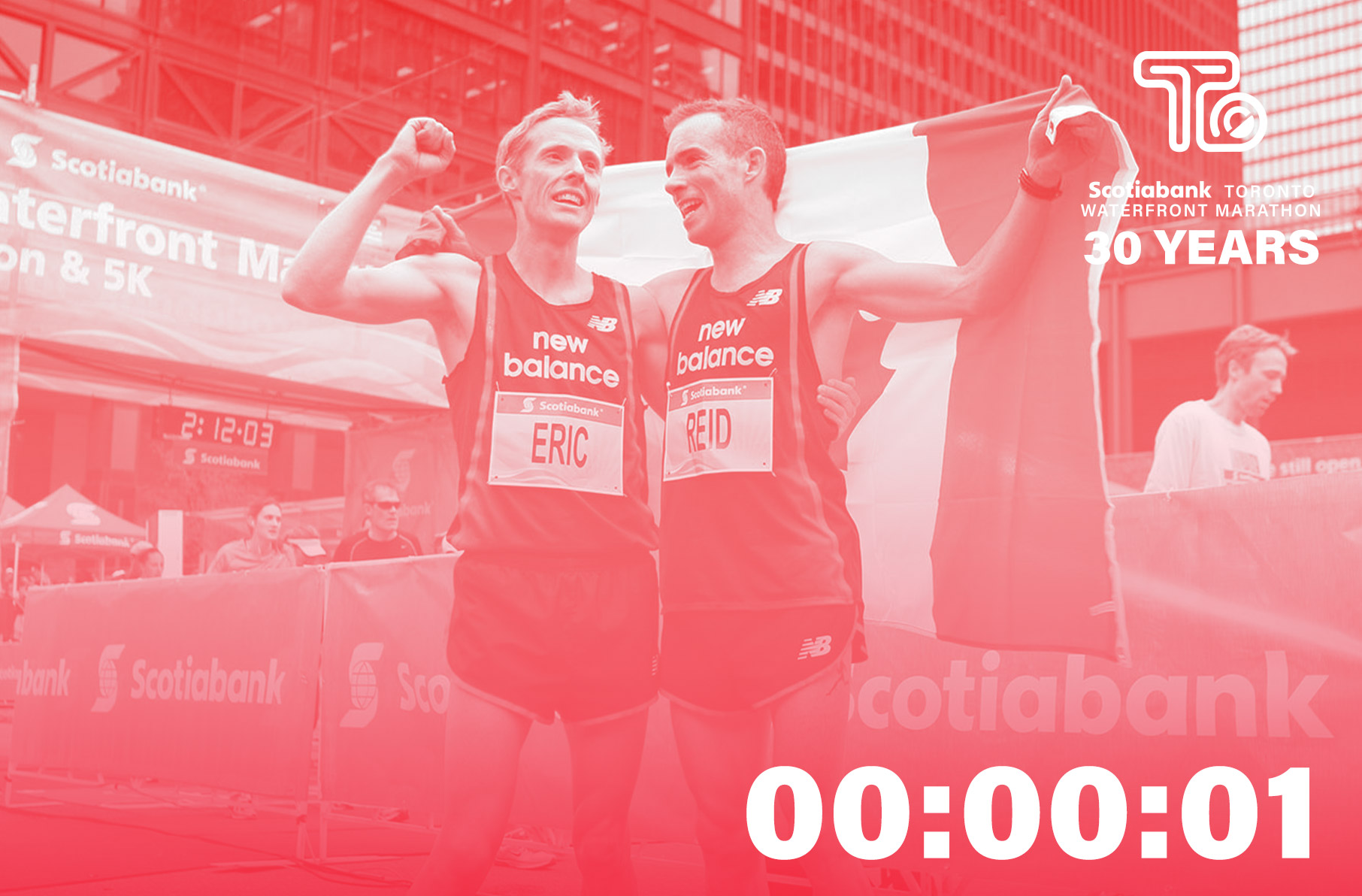
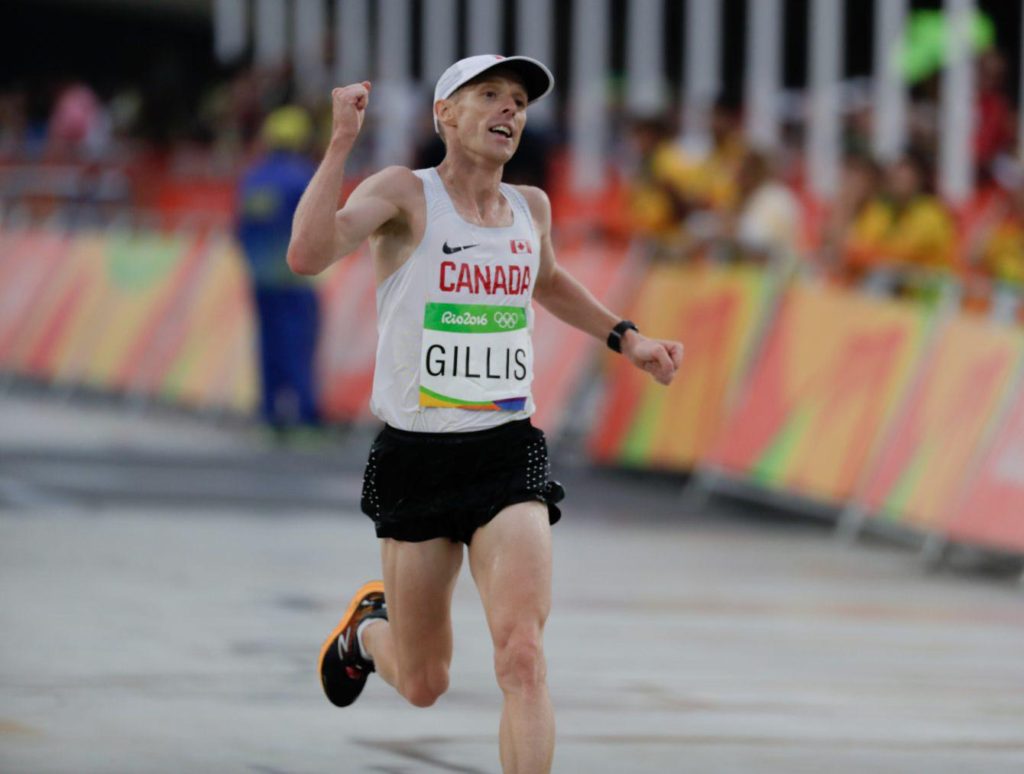
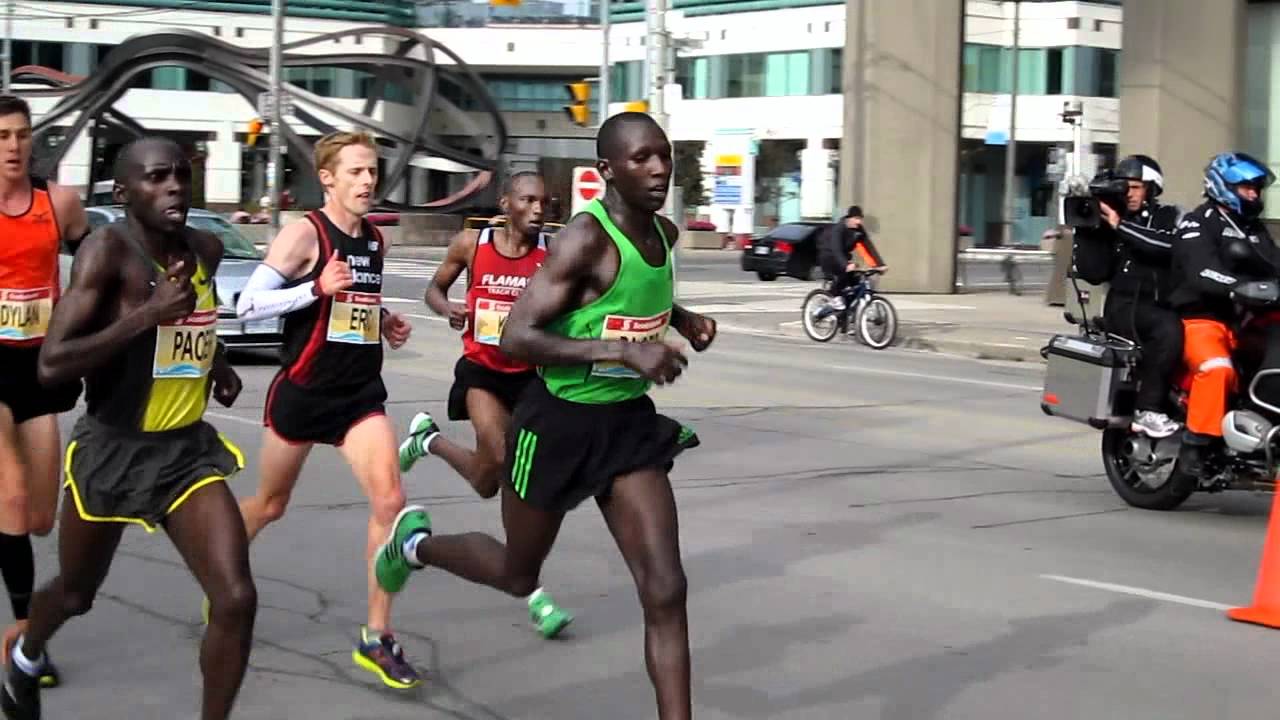
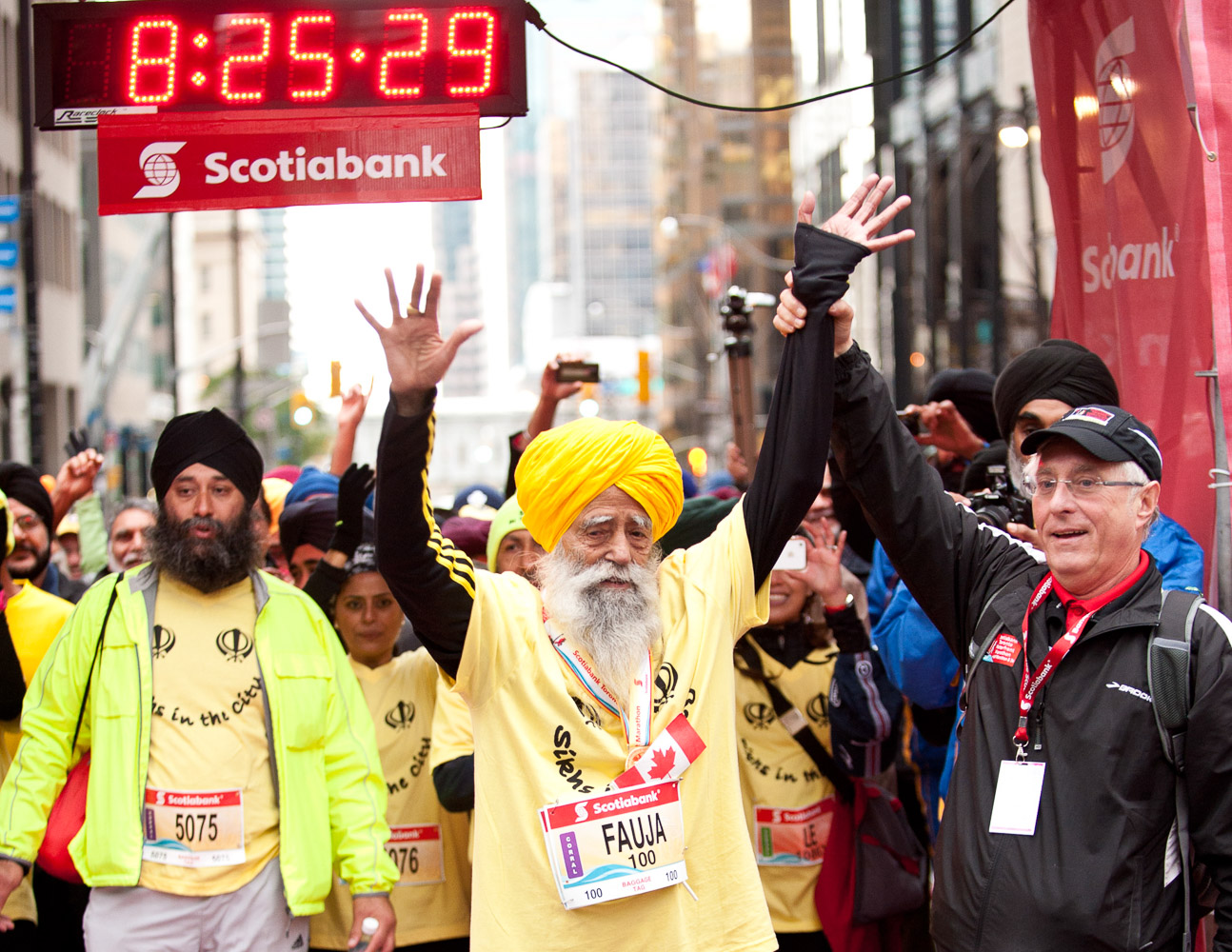
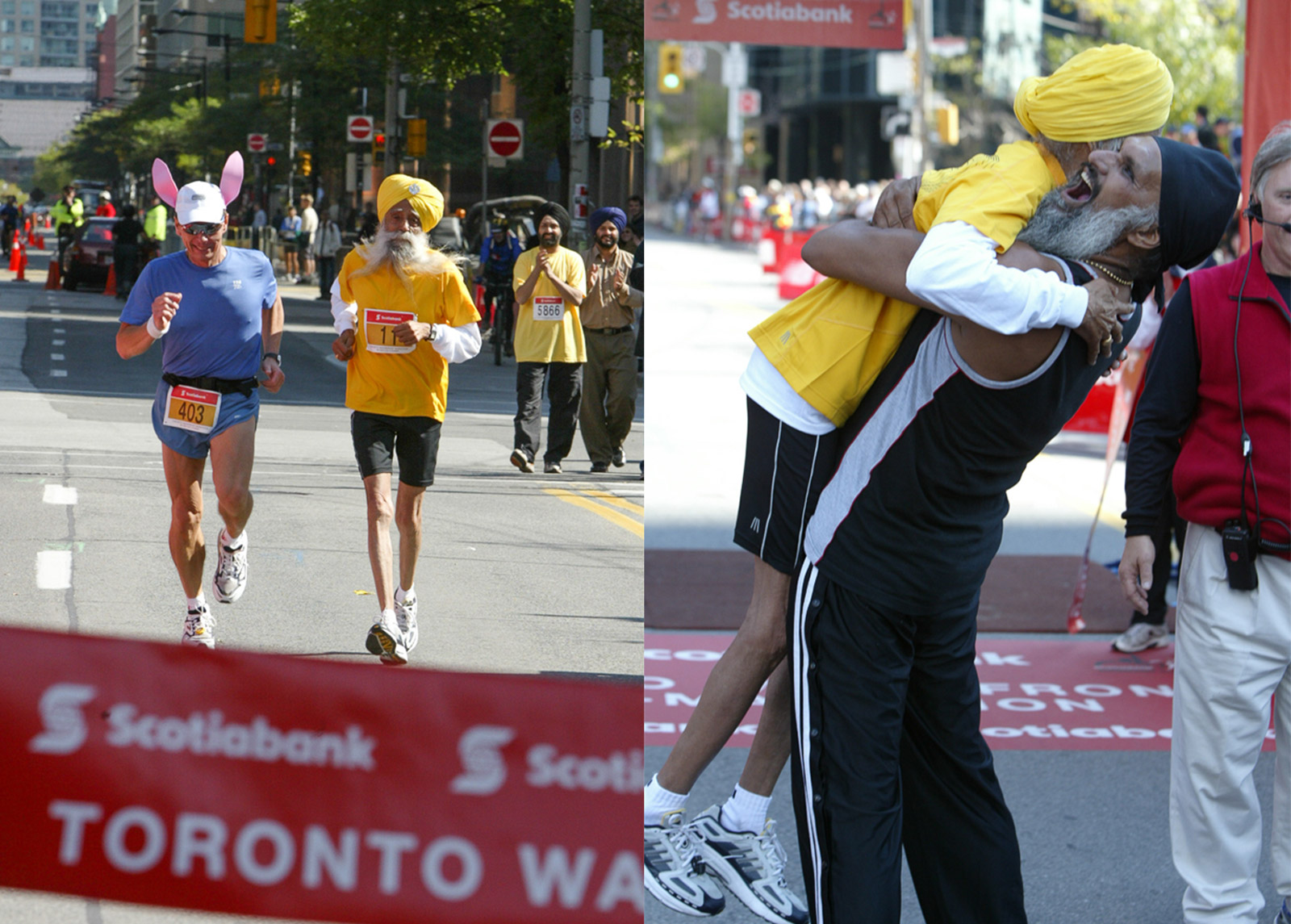 The oldest man to ever finish a marathon at 101, supposedly didn’t walk until he was five. Running through every story about the man they called the Turbaned Tornado, however, is an unquestioned reverence for what he achieved, the impact he made, and the people he inspired.
The oldest man to ever finish a marathon at 101, supposedly didn’t walk until he was five. Running through every story about the man they called the Turbaned Tornado, however, is an unquestioned reverence for what he achieved, the impact he made, and the people he inspired.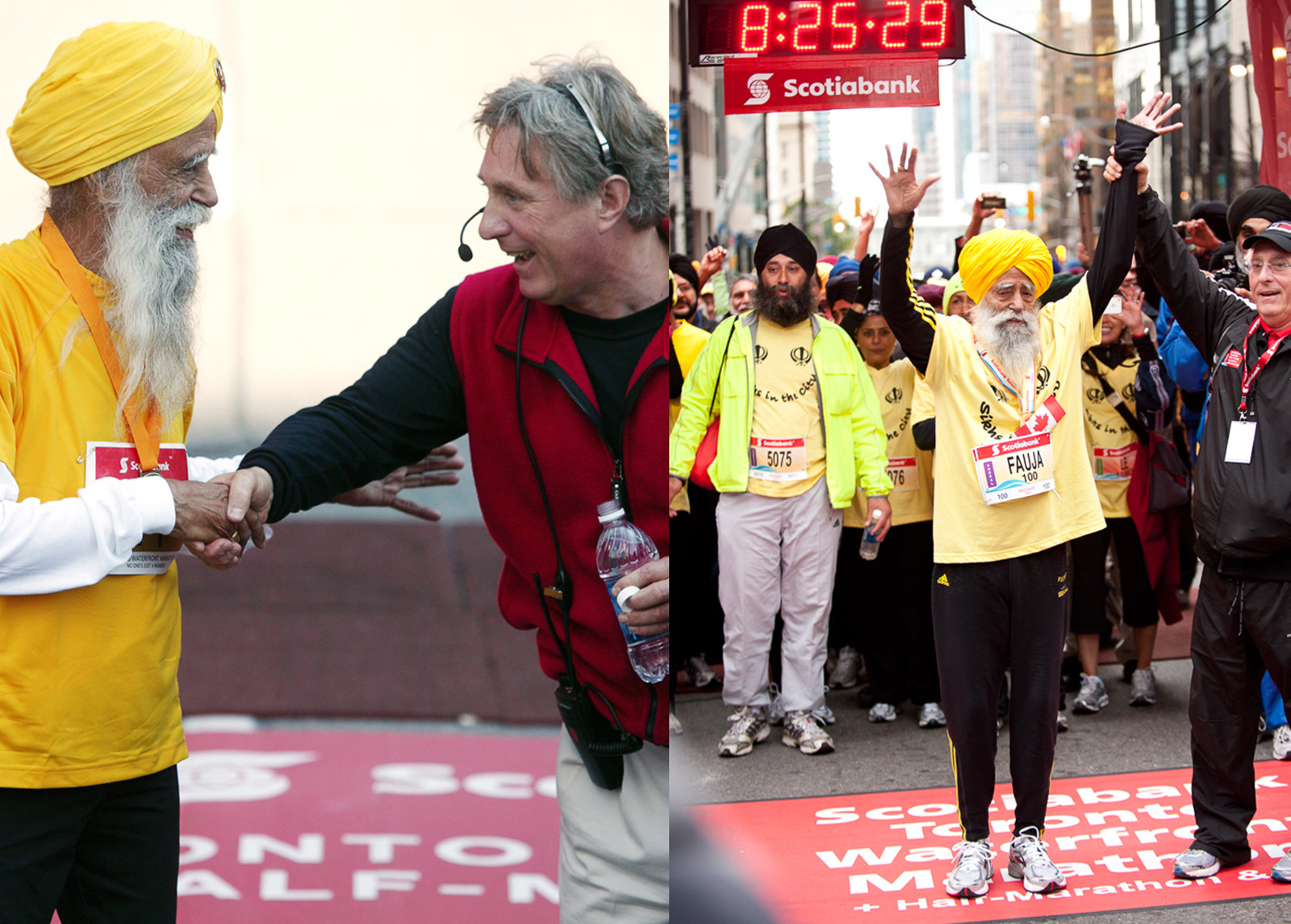 After 42 kilometers, Fauja still had the energy to entertain admirers and leave a legacy in the city. Harmander explains that the race “…was the trigger for many health conscious initiatives such as the ‘Inspirational Steps’ program organised by the Toronto based Guru Gobind Singh Children’s Foundation, which has evolved into an annual series of different distance races attracting over 500 participants from the South Asian communities.”
After 42 kilometers, Fauja still had the energy to entertain admirers and leave a legacy in the city. Harmander explains that the race “…was the trigger for many health conscious initiatives such as the ‘Inspirational Steps’ program organised by the Toronto based Guru Gobind Singh Children’s Foundation, which has evolved into an annual series of different distance races attracting over 500 participants from the South Asian communities.”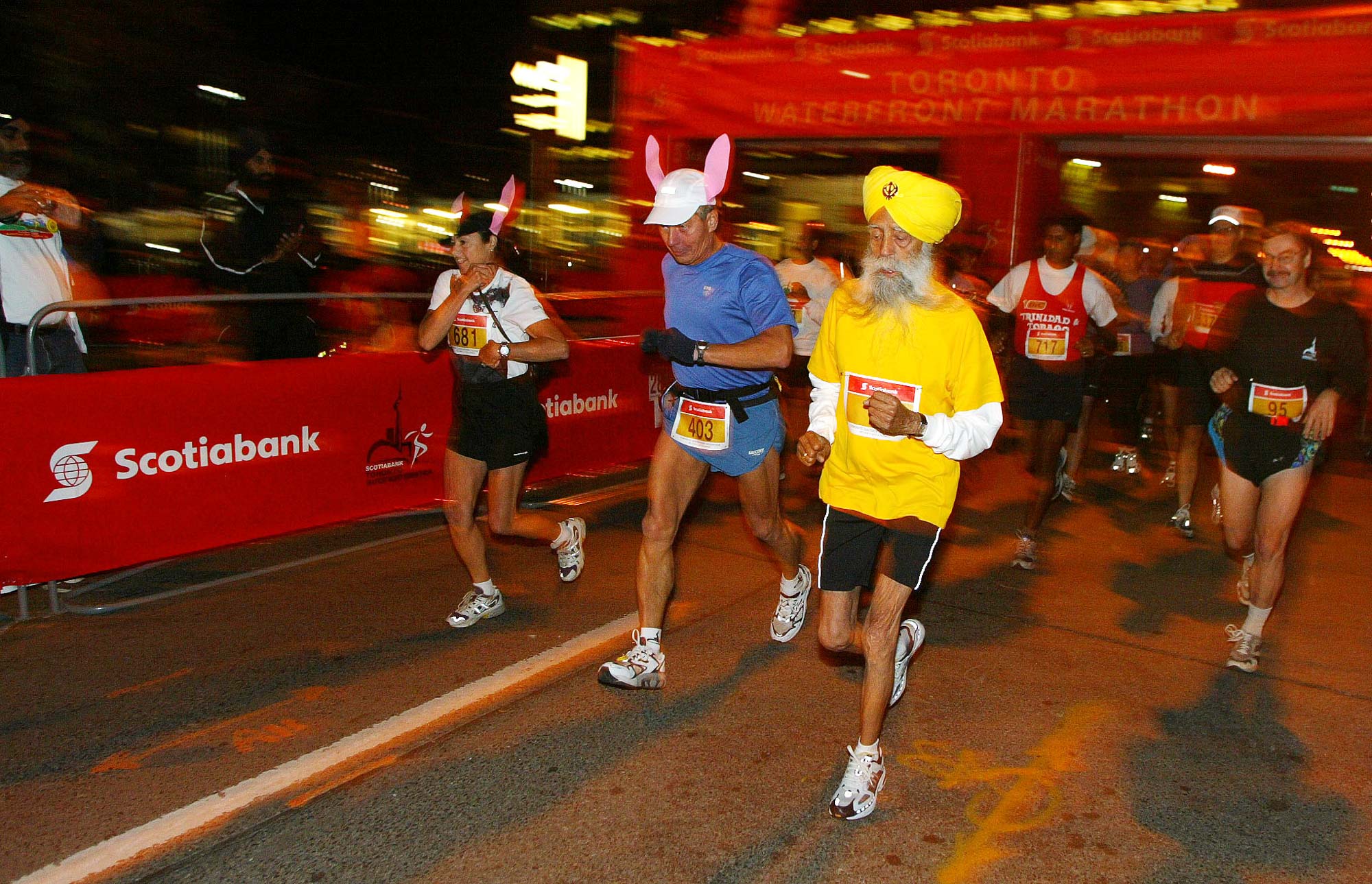
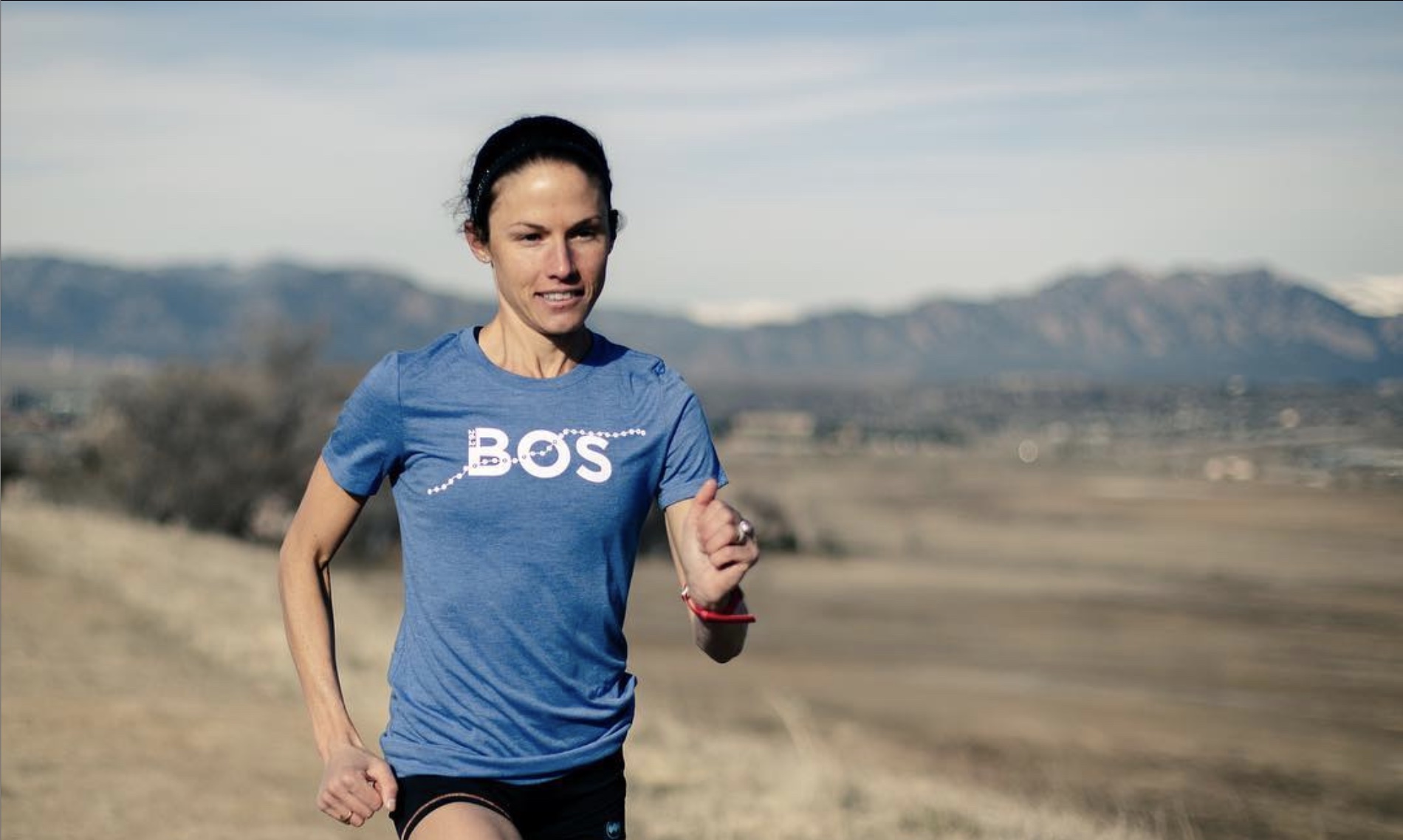
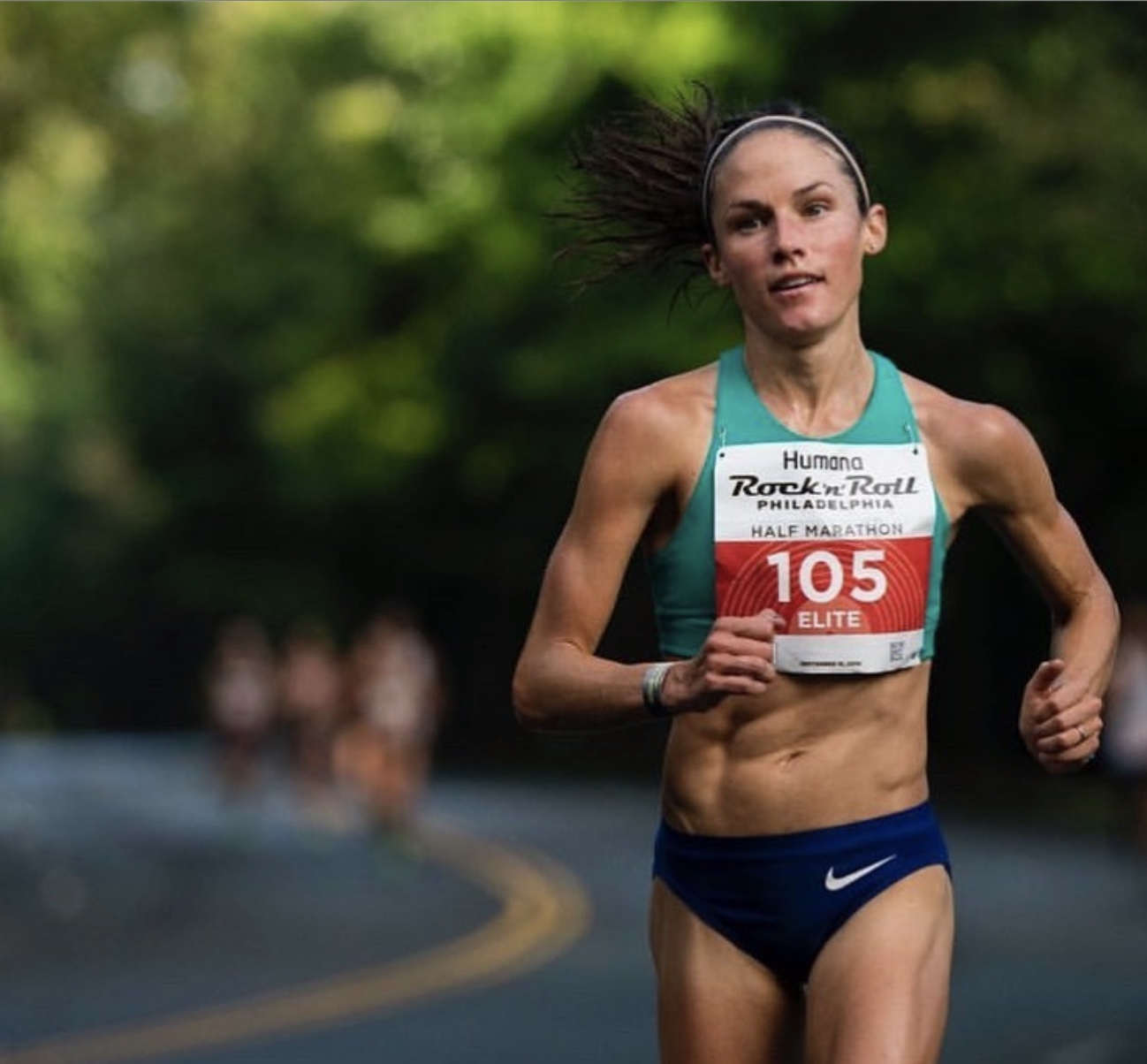 “After college, I wrote a proposal about how I would spend my dream year and how I would pursue it,” says Wade-Firth about her application for the fellowship, which promotes purposeful travel and is granted yearly to 40 graduating seniors across the United States. “I built my proposal on long distance running cultures and training styles because I fell in love with the lifestyle I had in college.”
“After college, I wrote a proposal about how I would spend my dream year and how I would pursue it,” says Wade-Firth about her application for the fellowship, which promotes purposeful travel and is granted yearly to 40 graduating seniors across the United States. “I built my proposal on long distance running cultures and training styles because I fell in love with the lifestyle I had in college.”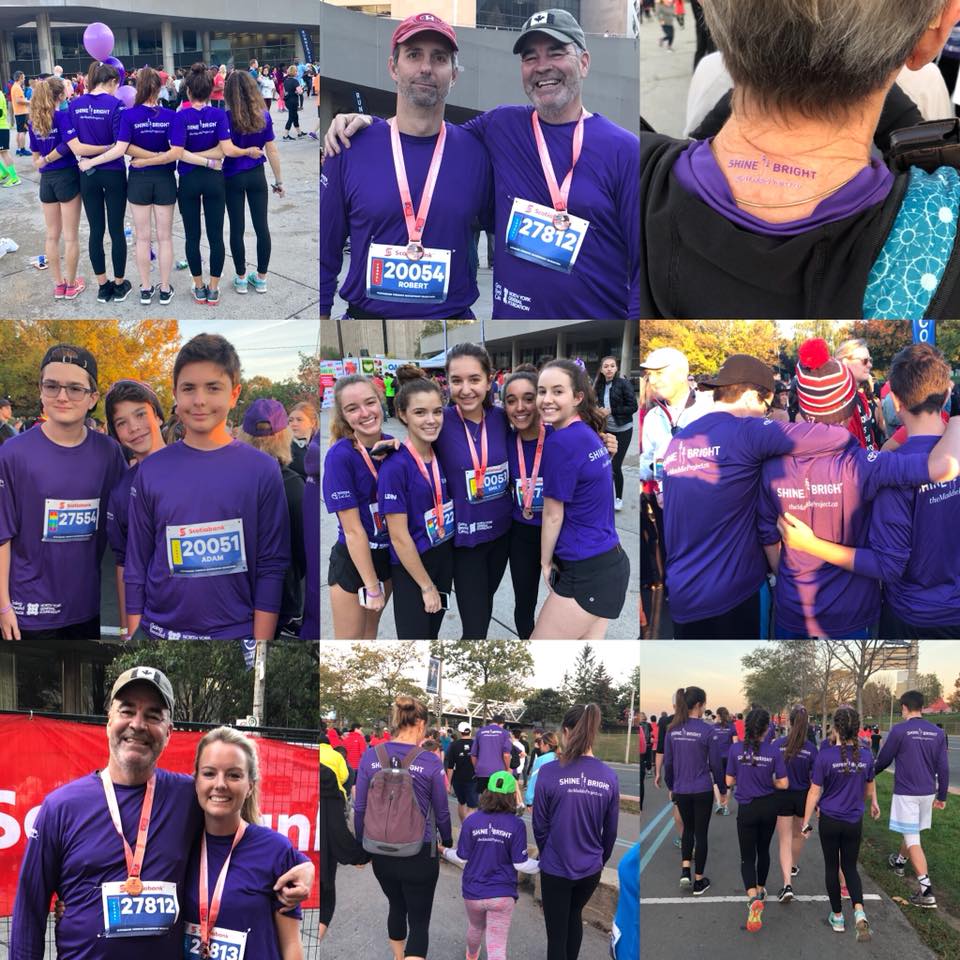
 Since its foundation, The Maddie Project’s main goal has been raising funds for the North York General Hospital Foundation where Maddie spent some time while suffering from depression. German pledged to raise $1 million for the foundation that would go towards the creation of Maddie’s Healing Garden. The outdoor space surrounds Phillips House, a re-developed Georgian-style mansion located up the street from the hospital that acts as the home for child and adolescent outpatient mental health programs.
Since its foundation, The Maddie Project’s main goal has been raising funds for the North York General Hospital Foundation where Maddie spent some time while suffering from depression. German pledged to raise $1 million for the foundation that would go towards the creation of Maddie’s Healing Garden. The outdoor space surrounds Phillips House, a re-developed Georgian-style mansion located up the street from the hospital that acts as the home for child and adolescent outpatient mental health programs.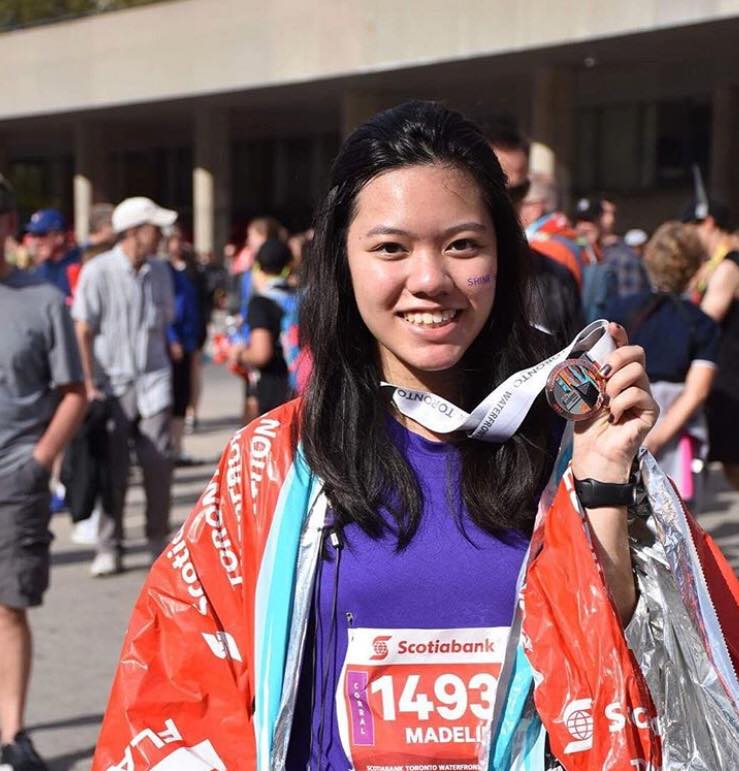
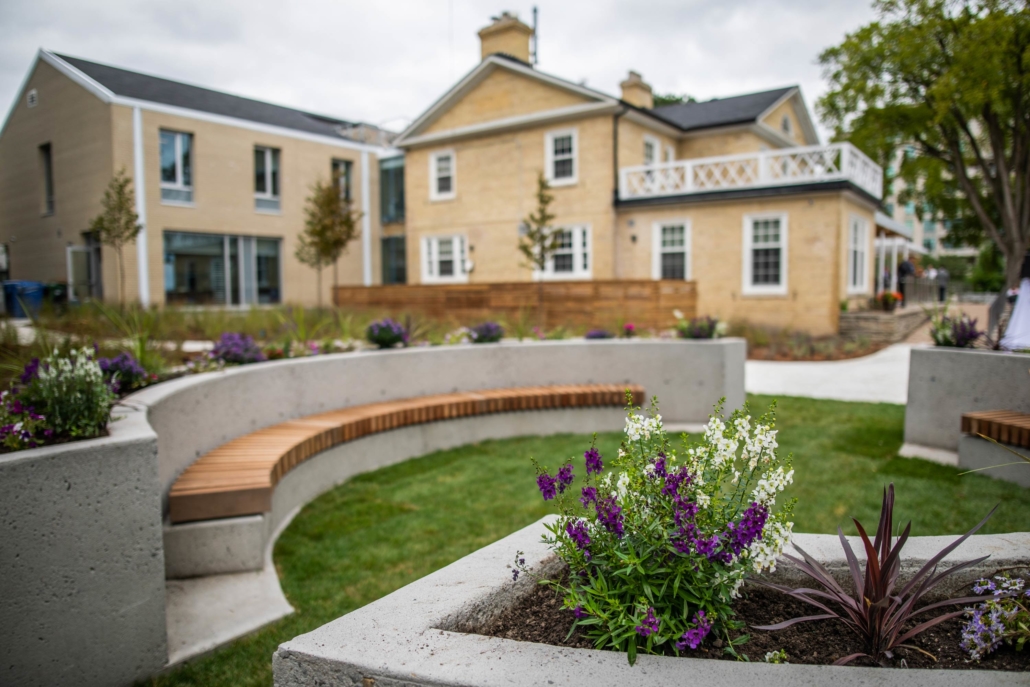 Now that Maddie’s Healing Garden is operational, The Maddie Project will continue to raise money for the North York General Hospital Foundation, and has also established fundraising partnerships with Skylark Youth and Families, and Outward Bound Canada.
Now that Maddie’s Healing Garden is operational, The Maddie Project will continue to raise money for the North York General Hospital Foundation, and has also established fundraising partnerships with Skylark Youth and Families, and Outward Bound Canada.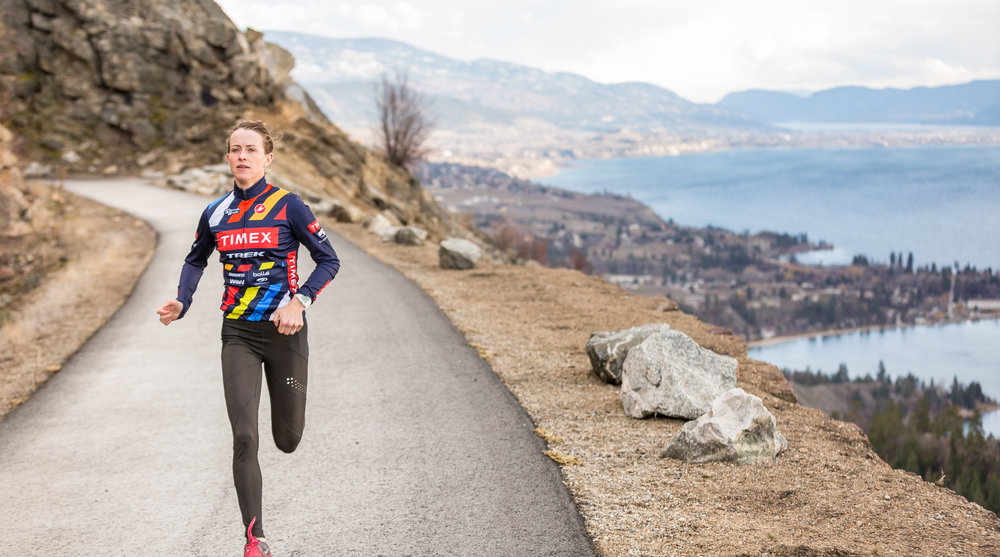
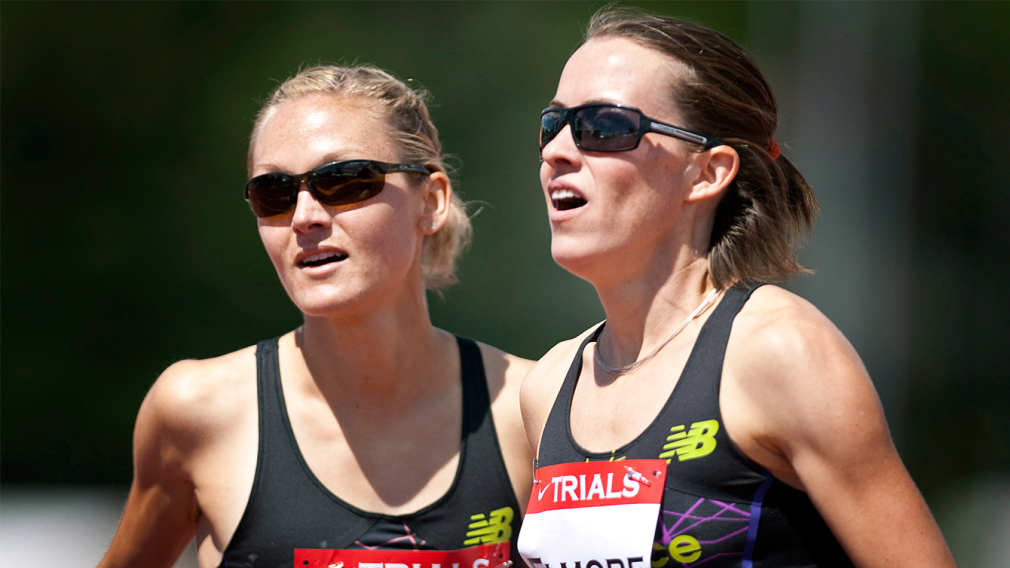 The missed qualifications in 2008 and 2012 were augmented by further injuries, causing Elmore to describe the last few years of her running career as frustrating. “I had to kind of take a step away at a certain point,” she says.
The missed qualifications in 2008 and 2012 were augmented by further injuries, causing Elmore to describe the last few years of her running career as frustrating. “I had to kind of take a step away at a certain point,” she says.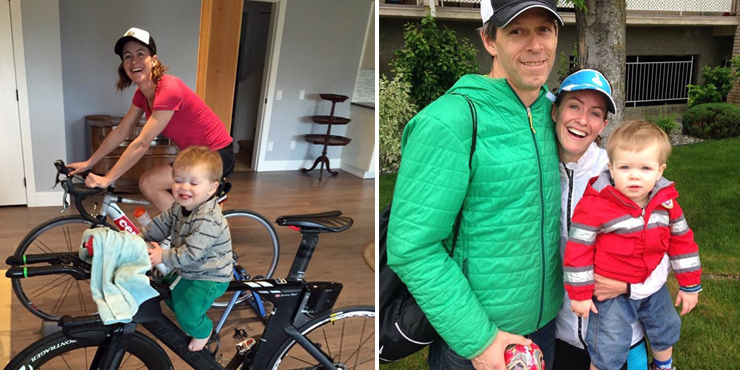 It was while she was out on a run with her husband, two-time track Olympian Graham Hood, that she once again floated the idea of the marathon. “I’d had too much coffee that morning. I had too much energy,” she laughs. But her husband jumped on it. “He was like, ‘That’s a super idea. I’ll coach you.’”
It was while she was out on a run with her husband, two-time track Olympian Graham Hood, that she once again floated the idea of the marathon. “I’d had too much coffee that morning. I had too much energy,” she laughs. But her husband jumped on it. “He was like, ‘That’s a super idea. I’ll coach you.’”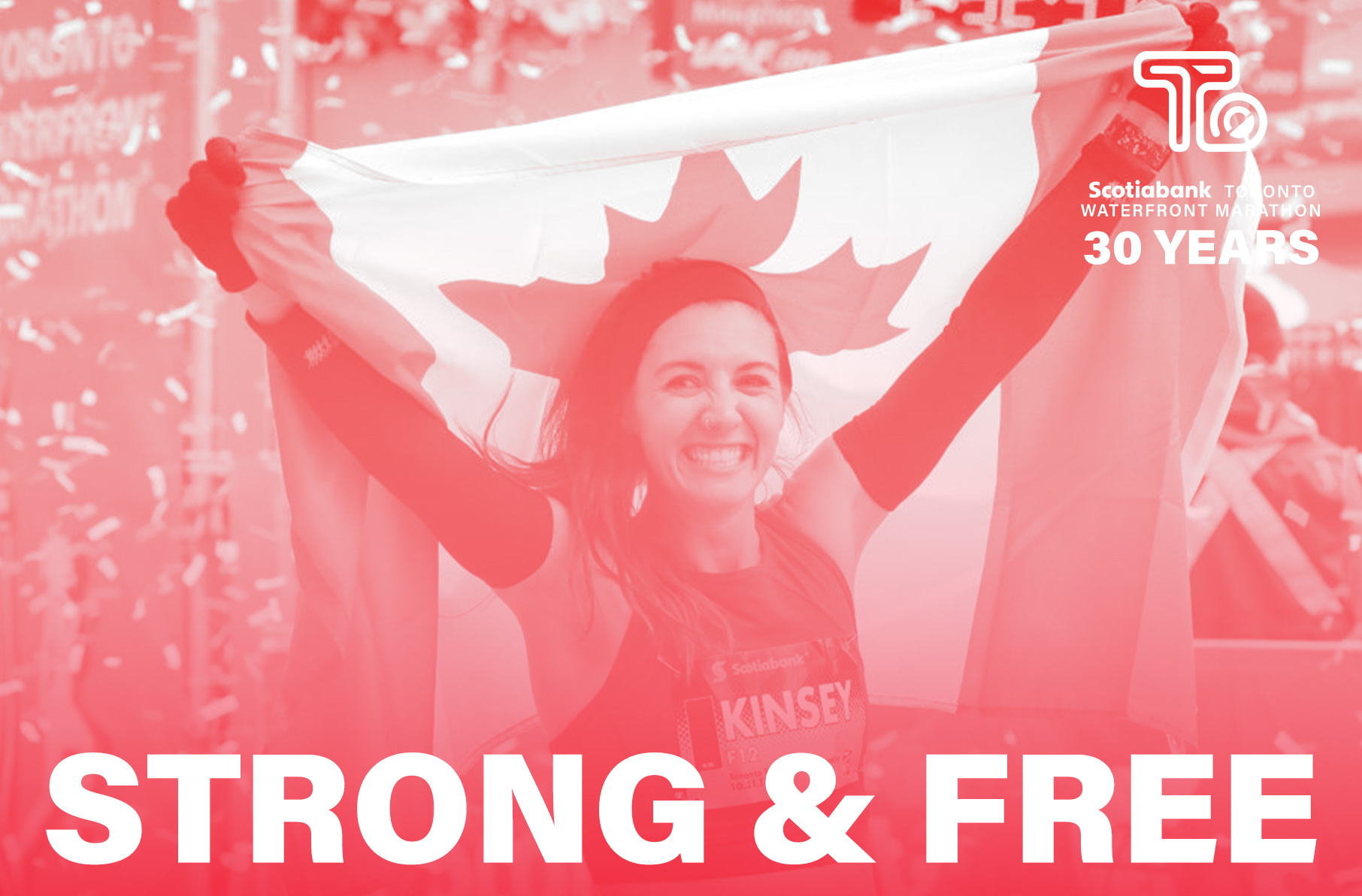

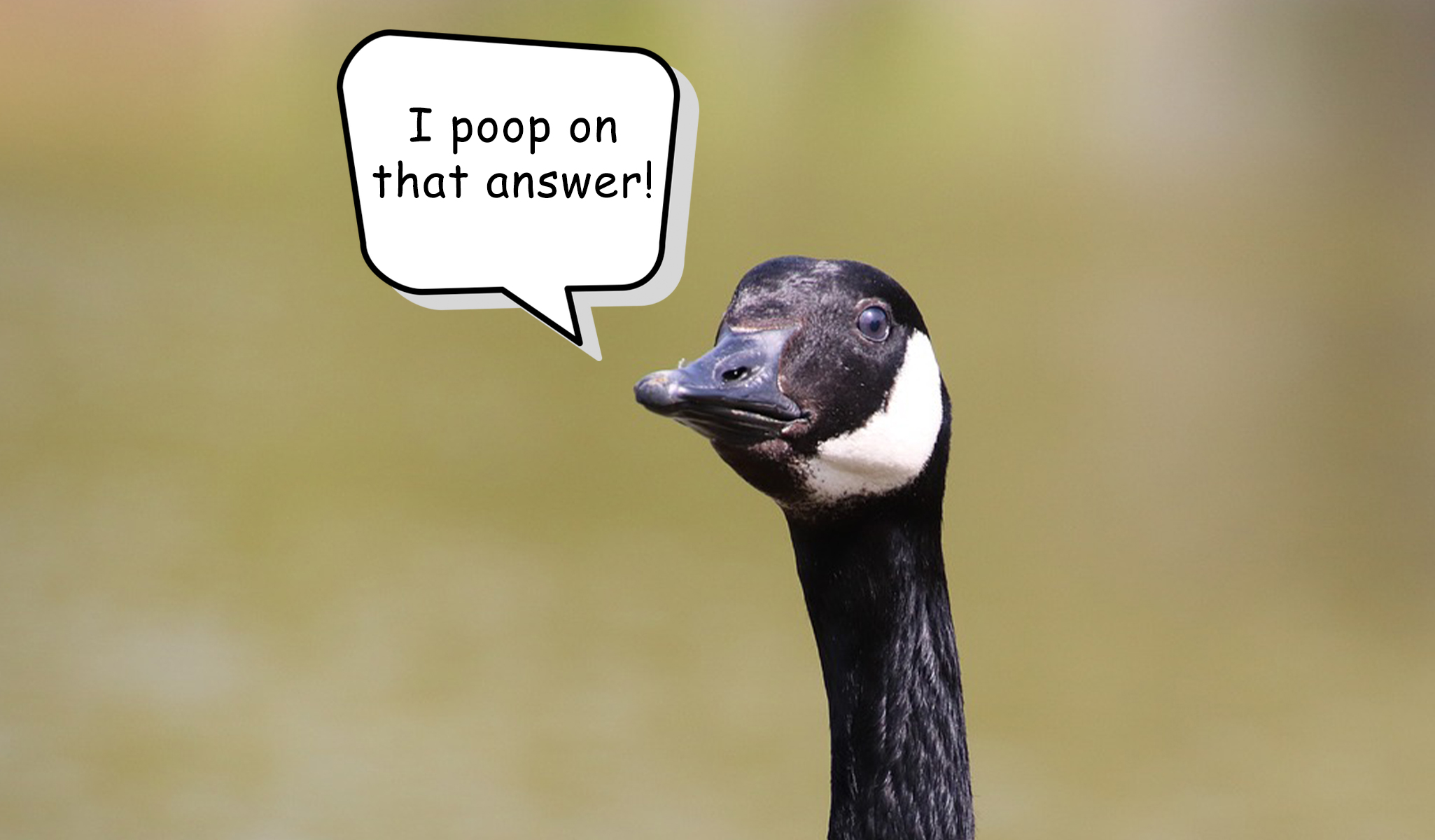 Canada’s official animal
Canada’s official animal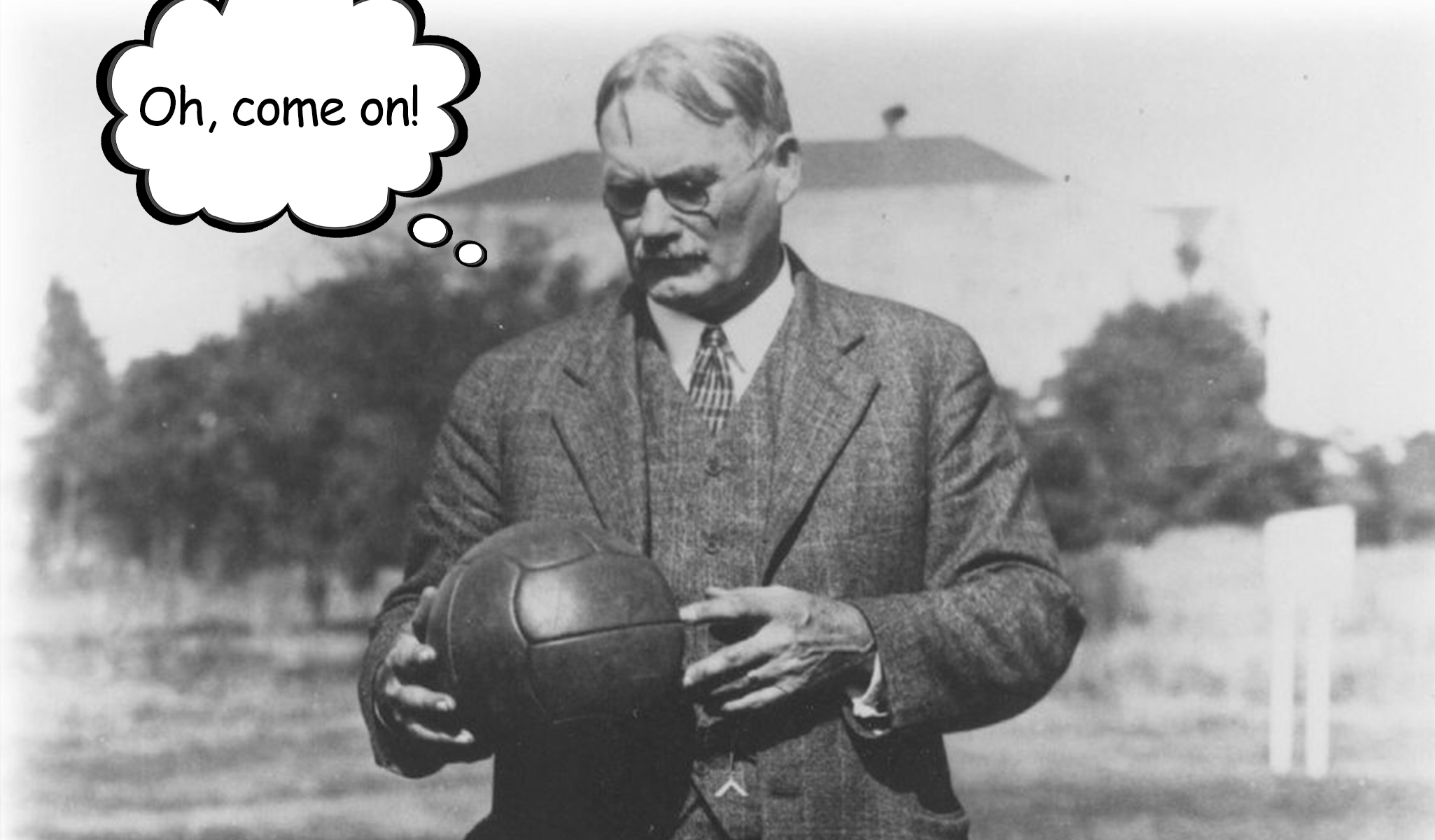 Name the Canadian who invented Basketball?
Name the Canadian who invented Basketball?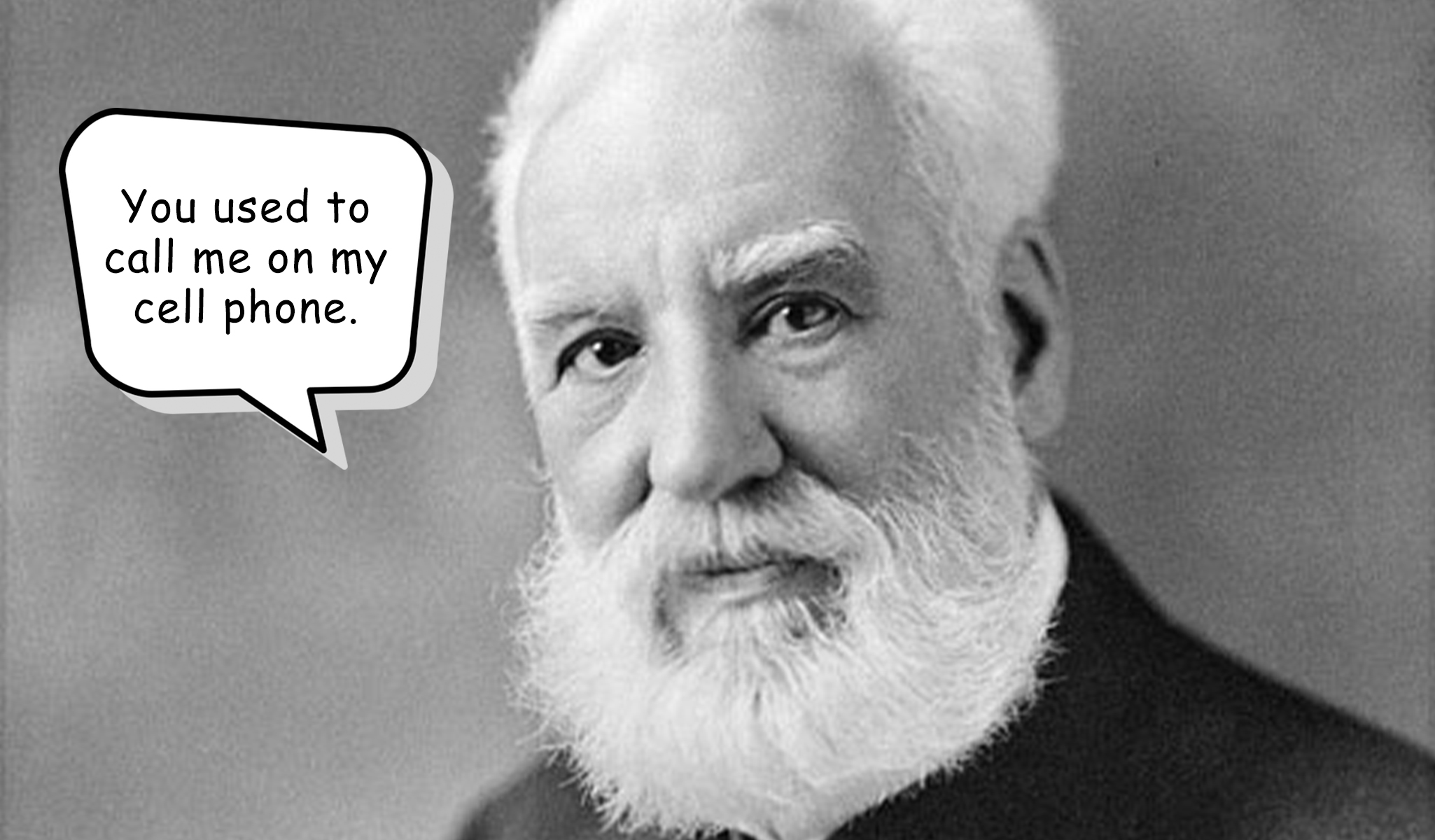 Name of the person who invented the telephone
Name of the person who invented the telephone